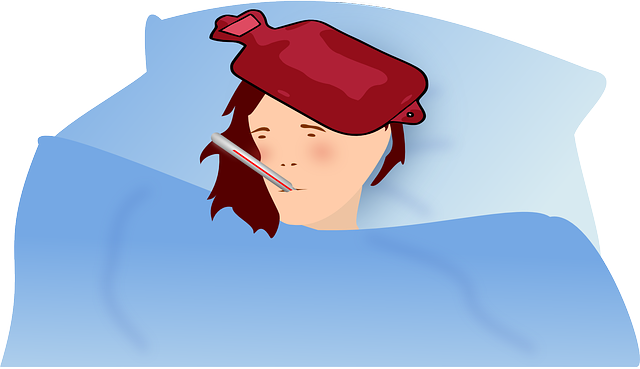
2 Cut And Dry Ways To Tell If You Have A Cold Or The Flu
Does this conversation sound familiar?
Coworker A: “You don’t look too good today.
Coworker B: “I don’t feel too good today.”
Coworker A: “You sick or something? If so, stay away. I have a big event this weekend and can’t afford to be sick.” (tosses the hand sanitizer & disinfectant wipes over the cubical wall)
Coworker B slumps down into their chair and tries to survive the next 8 hours with cold sweats, body aches and feeling just plain awful.
So you, being Coworker B, are trying to figure out if this bug that you have is just a cold (fingers crossed) or the flu. Here are 2 ways that you can determine which one it is:
- How fast did your symptoms appear? If your symptoms hit you like a ton of bricks, it is probably the flu. If your systems gradually came on, it is probably just a cold.
- Where are your symptoms? If your symptoms are predominantly above your neck (a runny nose, cough, watery eyes, sore throat, congestion, and sneezing) you probably have a cold. On the other hand, if you have a fever above 101F along with chills, fatigue, muscle aches, and tightness of the chest – it is probably the flu.
BONUS:
 Why stop here? What if you think that your symptoms don’t exactly match what we have described above? Maybe you have Norovirus. Sometimes symptoms can cross a few lines between illnesses.
Why stop here? What if you think that your symptoms don’t exactly match what we have described above? Maybe you have Norovirus. Sometimes symptoms can cross a few lines between illnesses.
What is the difference between norovirus and the flu? Those are very commonly confused as far as symptoms go.
Keeping in mind the symptoms above for the flu and cold; norovirus is also a very sudden onset virus. You will feel a sudden onset of nausea, vomiting, have watery diarrhea and possible cramping. You may have a low-grade fever, chills and body aches.
What Should You Do Now?
If you haven’t done so already this year, invest in cleaning. Having healthy employees that do not need to use sick days can save your bottom line. Invest in programs that will keep your offices disinfected and have a maintenance staff that will communicate with others and is able to stop infections in its track before it is able to move to another part of your facility. Germs can live on hard surfaces for 24 hours or have tiny droplet particles floating freely in the air for days. Take care of what lands on hard surfaces with our SaniZide Pro® or SaniZide Plus®. Both are effective against a number of viruses such as Norovirus, E.Coli, and MRSA.
{{cta(‘5d7d03c9-46dd-4a9c-ae7b-2f8ffce49845′,’justifycenter’)}}
References: https://www.prevention.com/health/health-concerns/difference-between-cold-and-flu
https://www.webmd.com/cold-and-flu/flu-guide/what-is-flu#1
